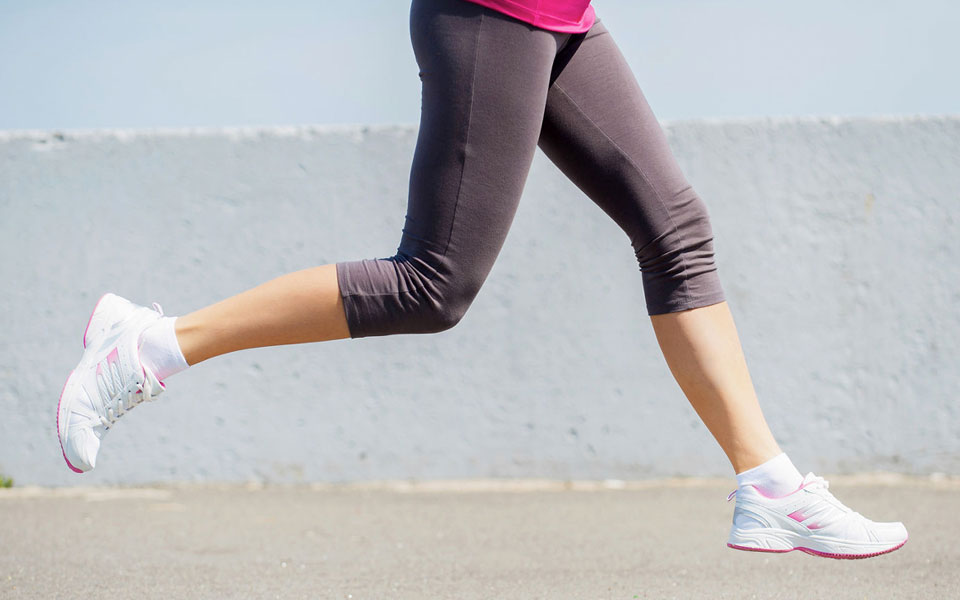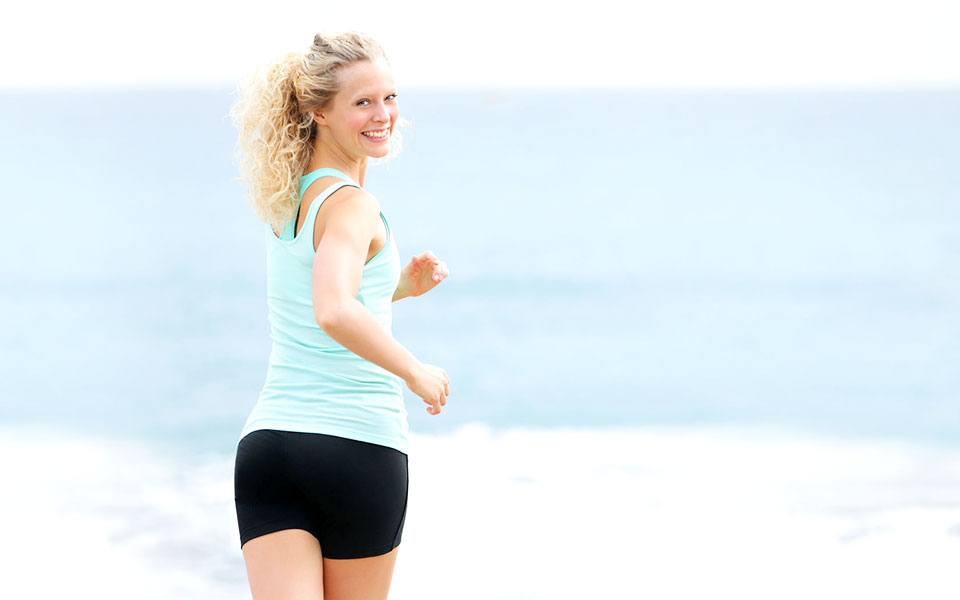As a member of my high school and college running teams, I was one of those rare runners who raced 5ks during cross country and 400 metre hurdles on the track. I needed a way to build flexibility in my hips to clear the hurdles, while increasing strength in my calves to run up on my toes for speed. When my coach suggested I start doing sets of backwards running, I thought he was joking. He actually wanted me to run in reverse. Sound silly? Maybe. But it can really be a beneficial addition to your exercise regimen, whether you are training to finish your first marathon or simply to improve your overall health. In my case, I believe it was what enabled me to compete in such different events for eight years without suffering a single injury.
Why Run Backwards?
It is no secret that runners often find themselves injuring their hips, knees and lateral tendons. Throw in some hills or end your run with a kick, and you might be waking up the next day feeling sore. Play one game of football and your hips and inner thighs might be crying for days. This is because running is so one-directional. Backwards running builds strength in those often weaker support muscles that your body depends on. Additionally, according to Dr. Barry Bates at the University of Oregon, backwards running encourages a more upright posture in runners who lose good form when fatigued. Good posture while running leads to a stronger core and more efficient use of energy, allowing you to make the most of your run.
If you do wind up getting injured, backwards running can help you get realigned and recovered. Backwards running increases the flexibility of your hip flexors, knees, ankles and toes. Bates highlights that the backwards motion of your body puts more emphasis on flexion, rather than extension, exercising your joints differently. You can also practise backwards running for a controlled, easy stretch for pulled hamstrings. While it is not an end-all cure-all, incorporating backwards running into your routine can strengthen other often neglected muscles in your legs and help you to avoid injury in the first place.

How To Start
How is it done? Try to take long and exaggerated steps, driving your knees up and back. Control your footfall in order to roll your landing from your toes back to your heels, giving your ankle a nice stretch. Make it as fluid of a motion as possible, reaching further behind you as you gain experience. You should feel a stretch in your hips, hamstrings, and calves, and the degree to which you extend your legs behind you will change the intensity of the stretch. A little soreness is to be expected in the beginning, as long as it is not painful. Once you build these muscles, you will not feel sore. At first, it might seem unusual, but it will feel more natural with practice.
Since speed is not important in backwards running—actually, you will want to decrease your pace to 75-80% of your normal forwards running pace or slower—it is perfect for both warm-up and cool-down. Start with three to five sets of 100-150 metres of controlled backwards running in between equidistant stretches of forwards running two to three times a week.
If you want to make a more drastic change to your training, try doing an entire run in reverse two to three times a week. You will want to significantly decrease your pace, but feel free to gradually work up to a backwards run of up to 45 minutes. A study by University of Milan professor Giovanni Cavagna suggests that backwards running is less impactful than forwards running. This allows for safer training while simultaneously building muscles that help to avoid injury.
Risks
Fair warning: backwards running can be dangerous. I suggests runners to make sure they have ample space behind and around them, and a general awareness of the terrain. You do not want to end your training because of a twisted ankle, and you certainly do not want to be that obnoxious runner who thinks they own the road. Always watch out for tree roots, cars and other possible obstacles, and never perform this exercise on a treadmill. You will have to look behind you every once and a while, but if you are mostly running blindly, it’s best to stay on solid ground.

Conclusion
Anyone can practise backwards running. Whatever you do, do not try this or any new training technique for the first time on race day. Make sure that this is something that you feel comfortable doing before lining up at the start. Backwards running is meant to be incorporated into your training to increase strength and flexibility, improve posture, avoid injury, or speed up the recovery process. Just as with anything, you might not notice the effects overnight. But if you stick with it, backwards running can be a new and enjoyable part of your routine to help take your training to the next level. Ready to give it a try?




